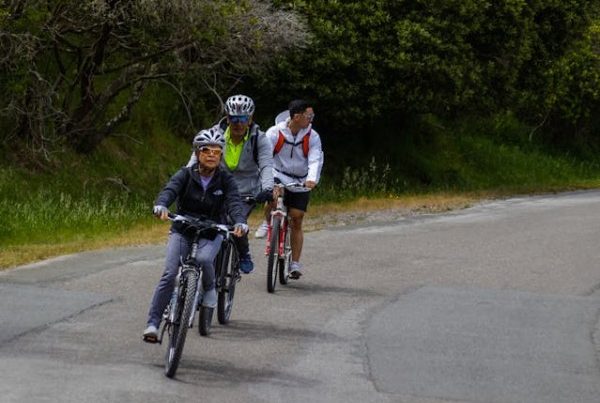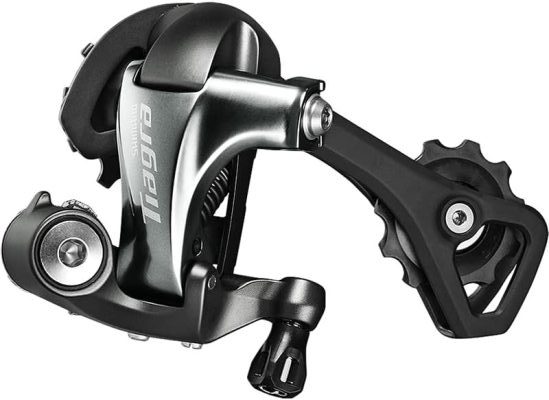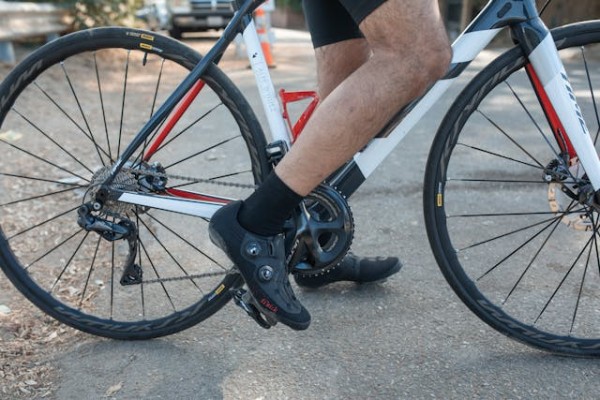When it comes to optimizing your performance on the bike, you know the importance of recovery. And while we all enjoy pushing ourselves to the limit, there’s something to be said about the art of the recovery ride.
You’ve probably heard about it before, but do you know how to nail it every time? Well, buckle up, because we’re about to unveil the secrets to mastering the perfect recovery ride. Get ready to take your cycling game to a whole new level.

1. Understanding the Purpose of Recovery Rides
Recovery rides aren’t just ordinary rides; they serve a specific purpose in your training regimen. These rides are designed to promote active recovery, allowing your body to repair and rebuild after intense workouts.
By keeping the intensity low and focusing on gentle pedaling, recovery rides help increase blood flow and flush out metabolic waste products from your muscles. They also help improve your aerobic base and enhance your overall endurance.
Additionally, recovery rides provide mental relief from the demands of hard training. They allow you to enjoy cycling without the pressure of pushing yourself to the limit.
2. Setting the Right Intensity and Duration
To optimize your recovery rides, it’s crucial to set the right intensity and duration that align with your training goals and current fitness level. Recovery rides should be done at a low intensity, typically around 50-65% of your maximum heart rate. This allows your body to recover while still maintaining a level of activity.
The duration of your recovery ride should be shorter than your usual training rides, typically around 30-60 minutes. However, the exact duration will depend on your individual needs and the intensity of your previous training session.
3. Incorporating Active Recovery Techniques
Active recovery refers to engaging in low-intensity exercises or activities after a strenuous workout. By keeping your body moving, you promote blood flow and help flush out metabolic waste products, reducing muscle soreness and aiding in the repair process.
Examples of active recovery techniques include light jogging, cycling at a leisurely pace, or practicing gentle yoga or stretching exercises. These activities help maintain mobility and flexibility while promoting relaxation and reducing stress.
Incorporating active recovery into your routine not only helps your body recover faster but also prepares you for your next training session. Remember, it’s crucial to listen to your body and adjust the intensity and duration of your active recovery accordingly. Keep pushing yourself, but also prioritize your recovery to become the best version of yourself.
4. Fueling and Hydrating for Optimal Recovery
After a challenging ride, your body needs replenishment to repair and rebuild. Start by refueling with a balanced meal containing carbohydrates, protein, and healthy fats. Carbohydrates provide energy to replenish glycogen stores, while protein aids in muscle repair. Include foods like whole grains, lean meats, fruits, and vegetables in your meal.
Hydration is equally important, as water helps transport nutrients to your muscles and aids in their recovery. Aim to drink enough water throughout the day to stay hydrated. Additionally, consider incorporating electrolyte-rich beverages or snacks to replenish lost minerals.
5. Tracking Progress and Making Adjustments
Now that you’ve fueled your body and stayed hydrated for optimal recovery, it’s time to track your progress and make any necessary adjustments along the way.
Tracking your progress is essential to ensure that you’re making improvements and reaching your goals. One way to do this is by keeping a training journal, where you can record your rides, including the distance, duration, and intensity. This will help you identify patterns, strengths, and areas for improvement.
Additionally, monitoring your heart rate during your recovery rides can provide valuable insights into your fitness level and recovery progress. By consistently tracking your progress, you can make informed decisions and adjust your training plan accordingly.
Frequently Asked Questions
How Often Should I Incorporate Recovery Rides Into My Training Schedule?
You should incorporate recovery rides into your training schedule regularly. They’re important for allowing your body to recover and rebuild after intense workouts.
Aim to do a recovery ride at least once or twice a week, depending on your training volume and intensity. These rides should be done at a low intensity and focus on gentle spinning to flush out lactic acid and promote blood flow to your muscles.
Can I Do Other Activities During a Recovery Ride, Such as Stretching or Core Exercises?
During a recovery ride, it’s best to focus on low-intensity cycling to aid in your body’s recovery process. While you can incorporate other activities like stretching or core exercises, it’s important to prioritize gentle cycling.
These activities can be done before or after your ride to enhance flexibility and strengthen your core. However, remember that the main goal of a recovery ride is to give your body a chance to recuperate, so don’t overexert yourself with intense workouts.
Are There Any Specific Heart Rate Zones or Power Ranges I Should Aim for During a Recovery Ride?
During a recovery ride, it’s important to focus on keeping your heart rate and power levels low. This allows your body to recover and repair itself after intense training.
Aim for staying in the lower heart rate zones, such as zones 1 and 2, or keeping your power output below a certain percentage of your maximum effort.
How Do I Know if I Need to Make Adjustments to My Recovery Ride Routine Based on My Progress and Fitness Goals?
It’s essential to assess your needs and make adjustments accordingly. By regularly evaluating your progress and goals, you can determine if your current recovery ride routine is effective or needs modification.
Keep track of your performance, listen to your body, and consult with a coach or trainer if needed. Remember, adapting your routine to your specific needs will help you achieve optimal results.
Conclusion
So next time you hop on your bike for a recovery ride, remember to focus on the purpose of the ride. Set the right intensity and duration, incorporating active recovery techniques. Fuel and hydrate properly during the ride, and make sure to track your progress.
By following these steps, you’ll be able to nail your recovery rides every time, leading to optimal recovery and improved performance. Keep pushing yourself and enjoy the benefits of a well-executed recovery ride.





